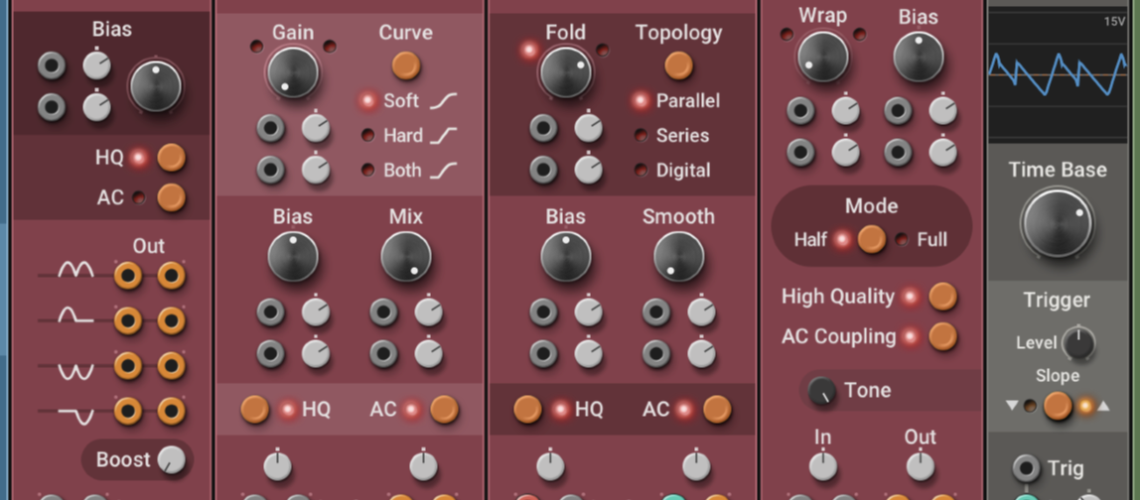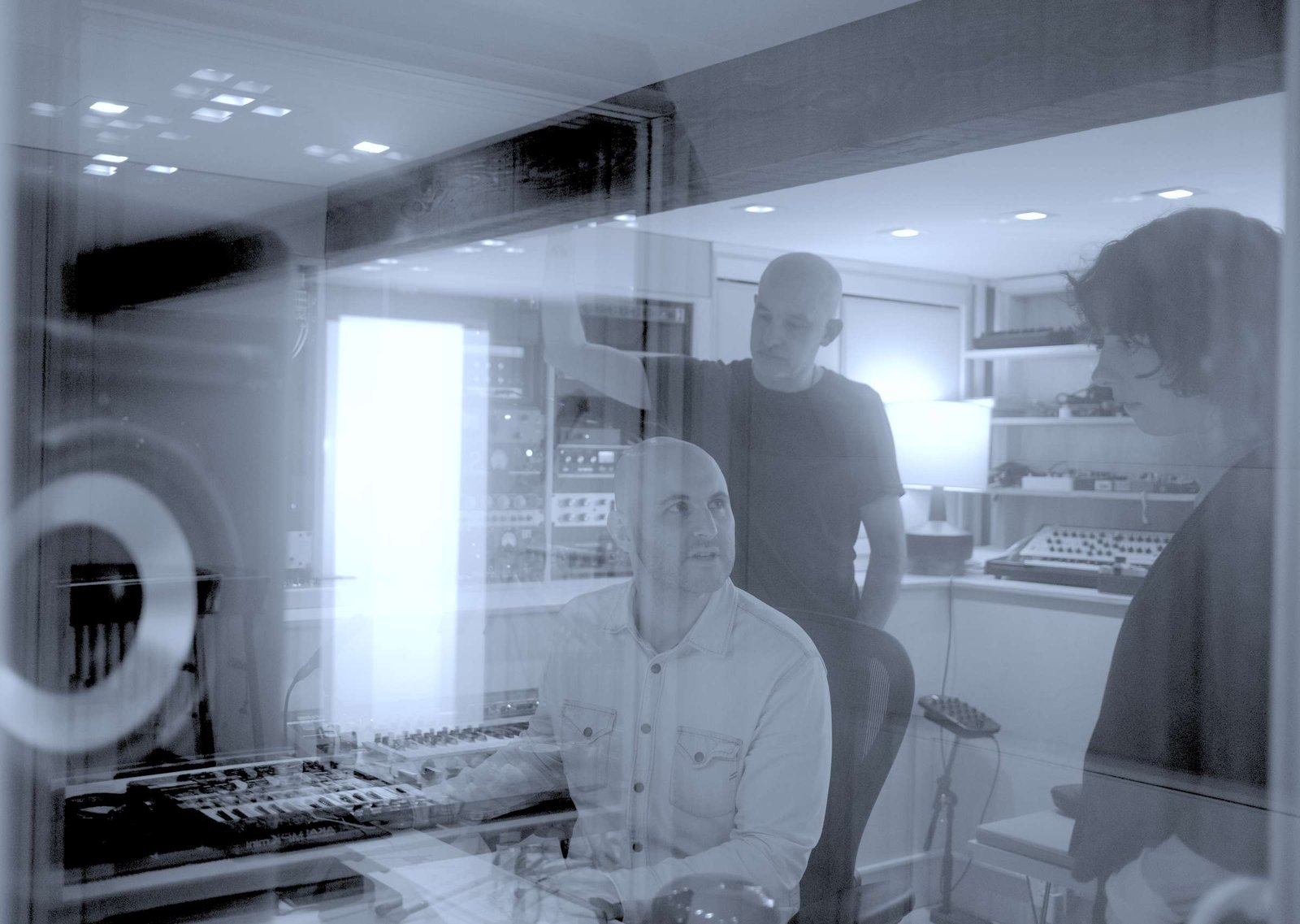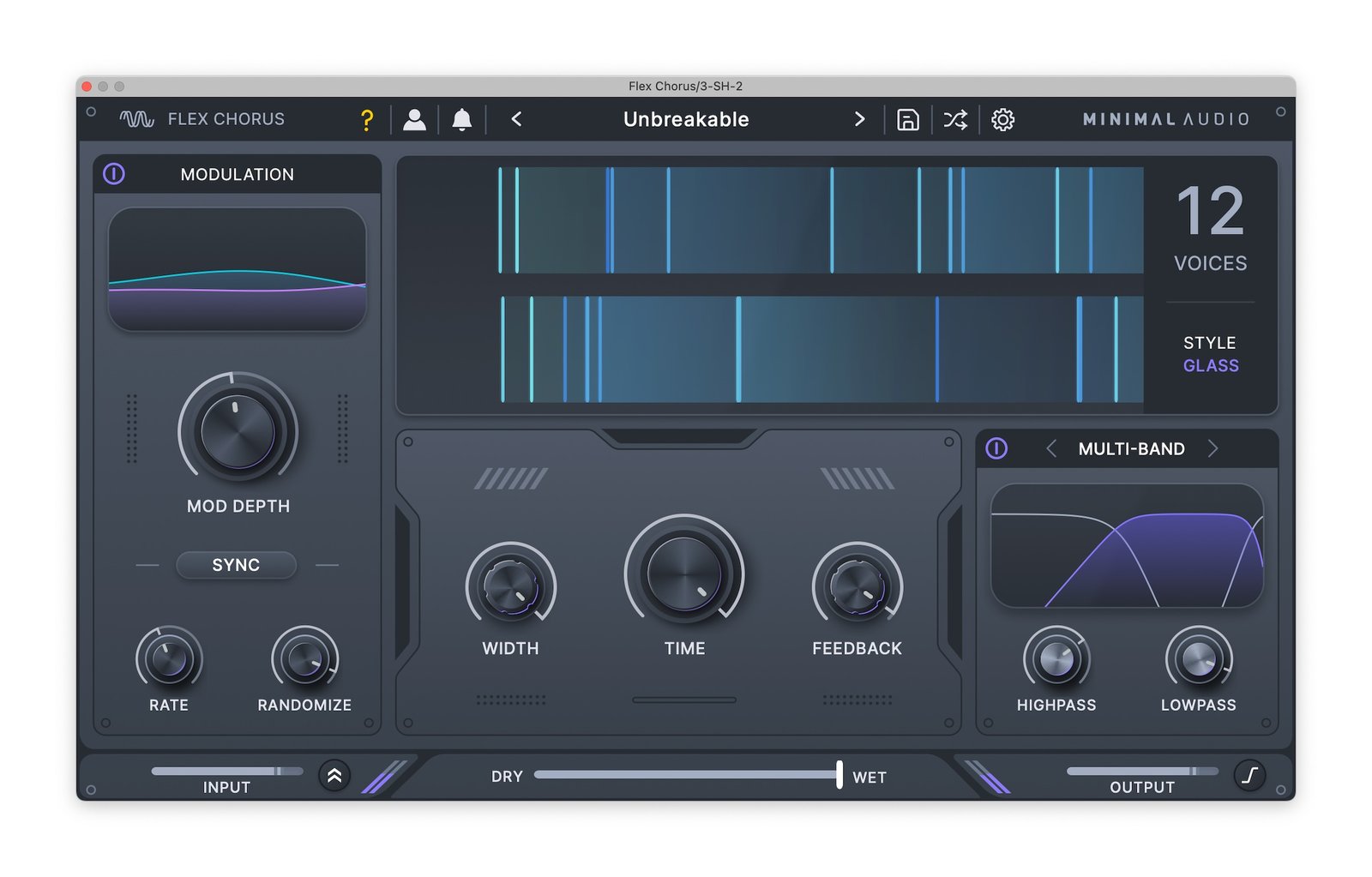AAS’ Multiphonics CV-2 modular is great; what we want now is more modules. And AAS is delivering, with five new modules for your West Coast, waveshaping, signal sculpting and mangling pleasure. Five may not sound like a lot, but you can do a lot with a couple of these. Here’s a look at what AAS have added in CV-2 version 2.1.

CV-2 already added new modular capabilities and, crucially, the ability to run as an effects processor. That latter alone can be worth the price of admission, as it means you can rig up your own custom OBJEQ filter in any host and process anything. (Translation: make percussion-y physical-ish plonking filter sounds.)
CV-2 2.1 focuses on waveshaping as its theme and delivers five modules. These actually get a little lost in all the marketing materials from AAS, so let’s break down what exactly each does.

Wavefolder
West Coast-inspired waveshaper. Folding modifies a signal past a threshold, so as you turn up the gain, you add harmonics. You can set topology. Parallel and series are each analog models: Parallel is a Buchla-style five-fold circuit model, Series is a more typical six-circuit analog wavefolder. Digital lets you create as many folds as you like.
Bias impacts symmetry (and color) of the folded signal. Smooth applies filtering (parallel), soft-clipping saturation (digital), or combination (series). High Quality toggles oversampling.
Oh yeah, and note all those CV inputs, plus stereo operation.

Now, there’s a little more in there; it’s worth reading the manual which walks you through operation and has some helpful illustrations. You can adjust gain staging so that at 1X gain there’s no folding at all. And you can even use the Wavefolder as a VCA – set gain to zero and apply an ADSR. Oooh. Yep, off to try that one.
You can also process CV signals if you really want, though see below for a dedicated module.
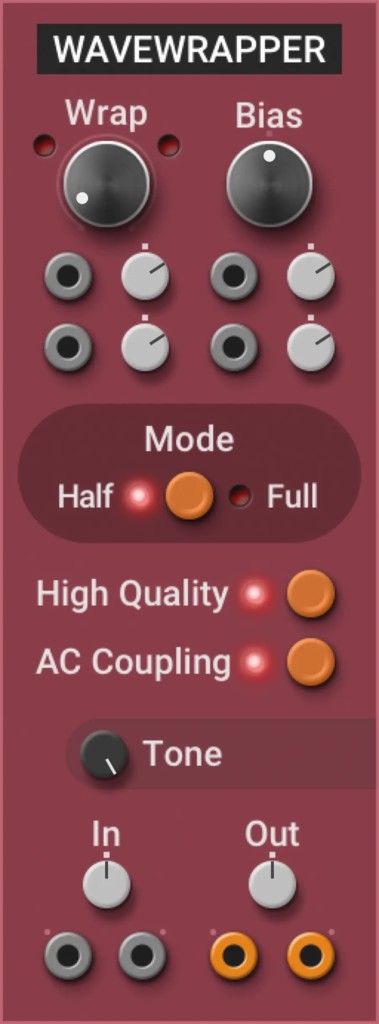
Wavewrapper
Wave wrapping also sets a threshold, but instead of “folding” the signal over from the threshold, the processed signal jumps to 0V (half mode) or the opposite +/- 5V (full mode). There’s again a Bias control, High Quality for enabling/disabling oversampling, and an AC Coupling Switch (enable/disable DC-blocking filter). You also get a Tone control for applying a low-pass filter, though of course you can also route out to Multiphonics’ selection of filters if you prefer.

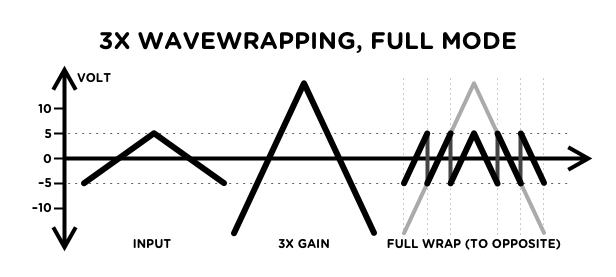
And again, you can use this as a VCA – route ADSR or another envelope to the Wrap input. AAS notes that this will sound a lot like hard sync, but is simpler to patch (and arguably more controllable, too).
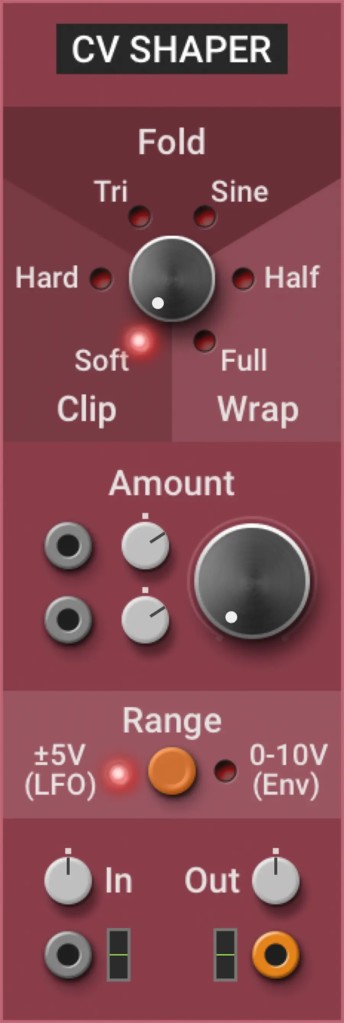
CV Shaper
Okay, ready for wavefolding, wrapping, and clipping with your control signals? CV Shaper is for you. You get hard and soft clipping saturation [Clip], triangle (unsmoothed) and sine (smoothed) wavefolder [Fold], and half and full Wrap. You can apply a variable amount of effect, and set Range (for use as an LFO or an envelope).
Again, skip the videos or people trying to describe these things – having an illustration is easier. See the manual if you’re in the uninitiated, as they’ve got nice pics of each that will make you go oh, now I get it. And of course, try stuff. Recklessly. And listen.
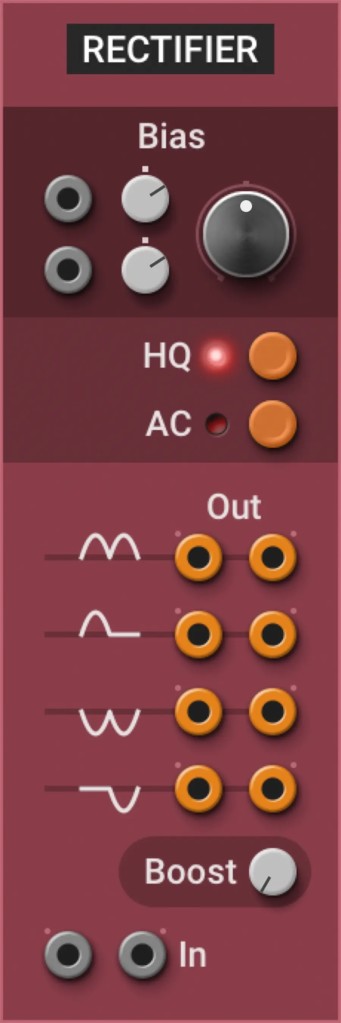
Rectifier
In electrical terms, a rectifier converts AC to DC current – but that’s not a helpful description to music. Basically, it’s just another kind of waveshaper, and one particularly associated with Serge modules (the other West Coast synth maker).
With CV, you get what’s marked on the tin – the ability to flip and mirror the shape of your source signal. With audio signal, it’s another timbral waveshaping effect, so it adds harmonics. And there’s again a Bias control. Fortunately, this module even has pictures of each rectification effect, but if you want a precise definition in words, that’s in the manual.

μScope
“What’s an oscillator doing in this update?” Well, that should be obvious now having read these descriptions – you’re going to want to visualize all the waves you just shaped, folded, rectified, and scrambled, huh?
Plus it’ll make your patch look more impressive when lookie-loos check over your shoulder when you play! (Oh, I’m impressed that my first guess of how to spell “lookie-loo” is correct, and also gives me one-up on my spellchecker that doesn’t know it. Trainspotters. You know the type. Make some weird rectified wave sounds and you’ll attract them if you haven’t already.)
And this is actually (finally!) the first dedicated oscilloscope module in Multiphonics, so it’s overdue. The fact that they didn’t just call it “Scope” kinda implies this is the small version of a forthcoming expanded module, huh?
Conclusions
I’m standing by Multiphonics. Even though it may have a more limited set of modules, each is just so refined. It’s worth having alongside another modular environment, even (software or hardware). And it’s great to see it rounding out in this way. The waveshaping stuff may come as a “point” release, but it really makes the overall collection feel essential.
Videos
Multiphonics CV-2: latest updates
AAS Summer Sale is on
Also, if you are interested in AAS stuff, their Summer Sale is on. Multiphonics CV-2 for me is the winner, but tools like Chromaphone and String Studio also excel for physical modeling work.
If you buy something from a CDM link, we may earn a commission.
The AAS discounts are also all available from Plugin Boutique, and if you buy there during the sale period, you get a free copy of Neutron Elements 4 or Lifeline Console Lite from Excite with purchase, for some added mixing tools.
